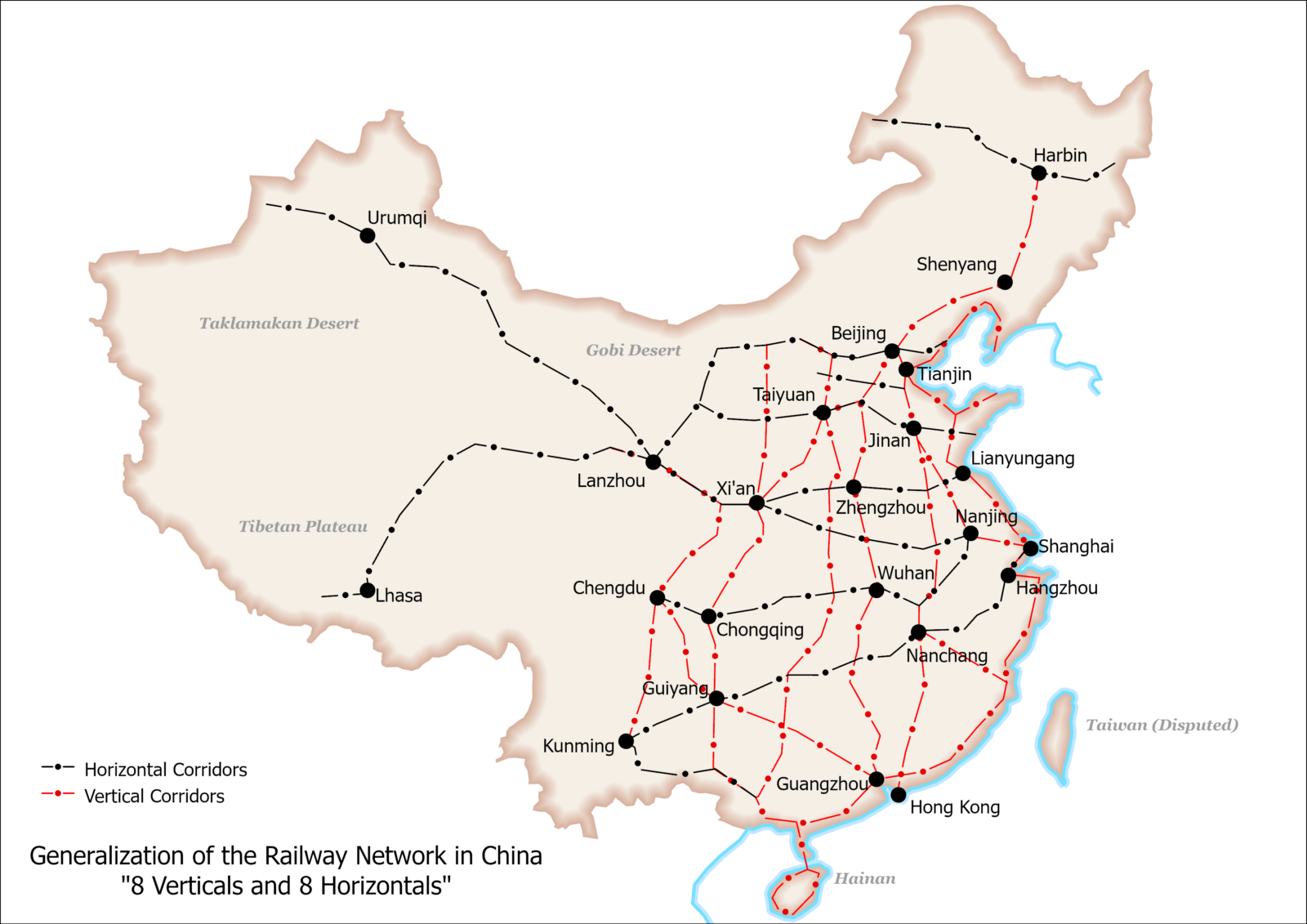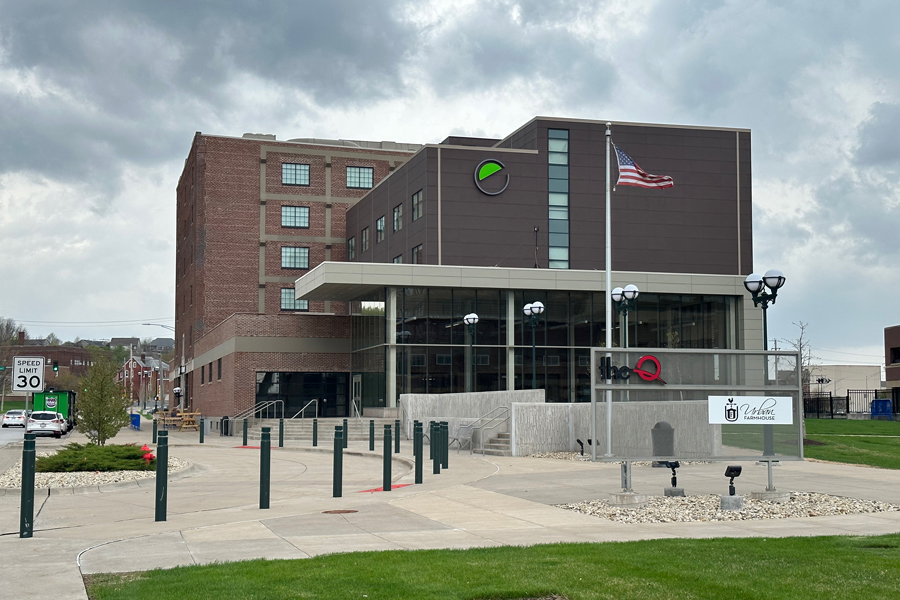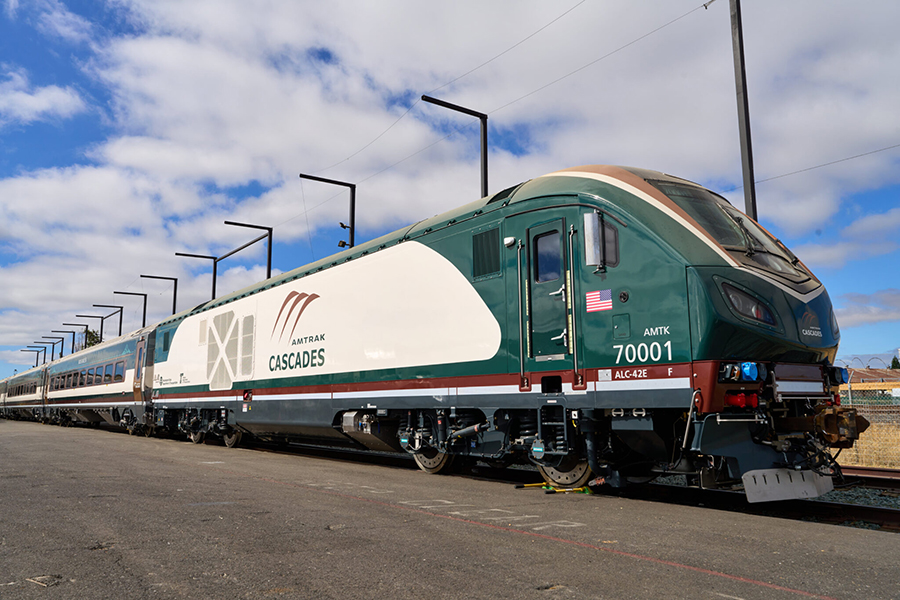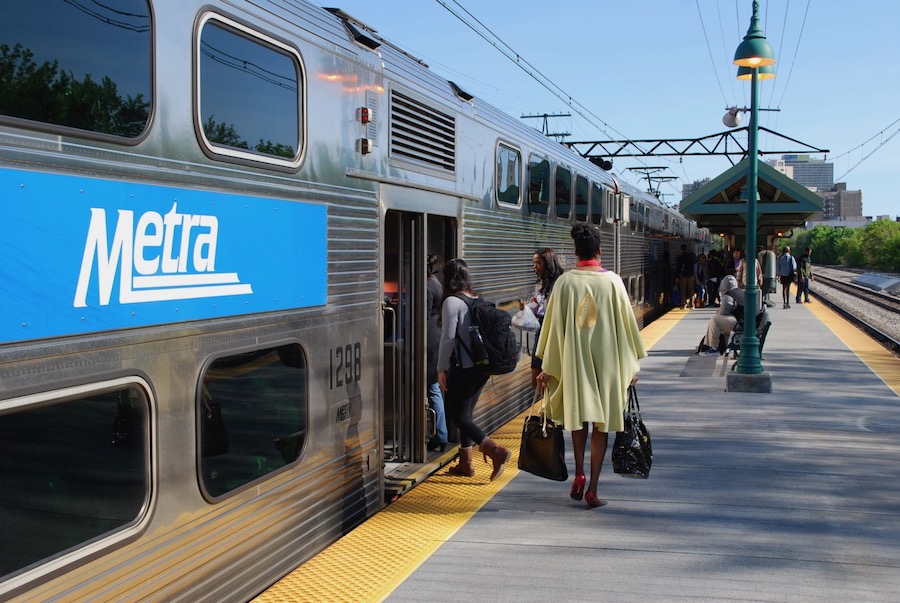On Dec. 31, 1978, the Rock Island Line ran its last passenger train from Chicago to Rock Island, Illinois. The Quad Cities of Illinois and Iowa have not had passenger rail service since. This is due to change. The transit legislation that the Illinois General Assembly...
This week, China’s railway system increased train speeds between Beijing and Wuhan from about 186 mph to 217 mph—the fastest speed in the world for trains running on a regular schedule.
The juiced speed cuts the travel time for the trip by about half an hour—to 3 hours, 48 minutes. The trains also run more frequently, with 56 trains now blazing between Beijing and Wuhan every day. China’s overall railroad network has about 25,000 miles of high-speed line, and 93 percent of Chinese cities with at least 500,000 people are served by high-speed trains.
The upgrades to the Beijing-to-Wuhan line are a great illustration of the vision behind the Alliance’s integrated network approach.
The key insight of the vision is that every new or upgraded segment of high-speed line adds value way beyond just the segment itself. Each new or upgraded segment boosts the value of an entire network by slashing travel times between dozens of destinations and building strong regional ties.
The upgraded Beijing-Wuhan line is a case in point. A vast swath of interior cities not located directly on the line will benefit from the increased speeds. For example, a train trip from Beijing to Xi’An, in northwest China, will be just over 4 hours—versus 4.5 to 6 hours on slower bullet trains, and up to 15 hours on conventional trains. Tighter connections and a faster trip from Beijing to Zhengzhou—where riders transfer to another line for the 300-mile trip west to Xi’An—account for the time savings.
The same principle holds true for provincial capitals located a few hundred miles from Wuhan—notably Changsha (Hunan province), Nanchang (Jiangxi province), and Chengdu (Sichuan province). Because Wuhan is a key railroad hub connecting multiple rail lines, slashing the travel time from Beijing-Wuhan integrates them more tightly with Beijing and with hundreds of other cities.
Which will be great for business across China. This is a point that’s made explicitly in the coverage of HSR in other countries, where their experience shows that a single, strategic segment of high-speed line has huge impacts. The Global Times, for example, noted that the Beijing-Wuhan segment “traverses the core” of several key regions and connects 12 high-speed railway lines.
An expert with the China Academy of Railway Sciences observed that “these are the key economic development regions in China. Strengthening connectivity between cities in this region is of great significance to the nation’s economic and social development.”
For comparison, imagine the effects that connecting Chicago to Atlanta with bullet trains would have. That’s actually a great analogy: It’s roughly the same distance as Beijing to Wuhan, and Chicago and Atlanta are major regional cities connected by a north-south corridor that contains some of the nation’s fastest growing communities (including Nashville and Chattanooga).
You could easily take an early morning train from Chicago to Atlanta (or vice versa) for a business lunch or an afternoon of sightseeing—while working or relaxing in a safe and comfortable space for the entire four-hour trip. Versus the current options of suffering through a dangerous 11-hour drive or a cramped two hour flight, plus two hours spent in an airport terminal.
Atlanta and Chicago would benefit immensely, of course. But that only scratches the surface of the payoffs that a Chicago-to-Atlanta high-speed line would deliver.
Most of the trips would be some segment of the entire route: Atlanta to Nashville, Indianapolis to Chicago, Chattanooga to Louisville, etc. Which means that the economies of cities all along the line would benefit as well. And not just big cities with station stops.
Think of communities like Rockford, Illinois; Muncie, Indiana; and Clarksville, Tennessee—mid-sized cities located about an hour away from major cities (and airports). High-speed rail running from Chicago to Atlanta would open up whole new worlds of opportunity for them—economically, educationally, and culturally. Suddenly, all the bigger cities along the whole 700-mile corridor would be easily accessible without the hassle and expense of flying or driving.
This may seem like a distant dream in the U.S. context, where the stranglehold of car culture limits the political will and imagination for what’s possible. But it’s important to keep in mind that this vision isn’t just theoretical. It’s becoming a reality—right now—on a massive scale around the globe.
Why?
Because it works. It’s a proven tool for building stronger economies, more vibrant communities, and a more sustainable future.
And we can do it, too. If we choose to.
The Latest from HSRA
Our Latest Blog Posts
Check out the latest news, updates, and high speed rail insights from our blog!





